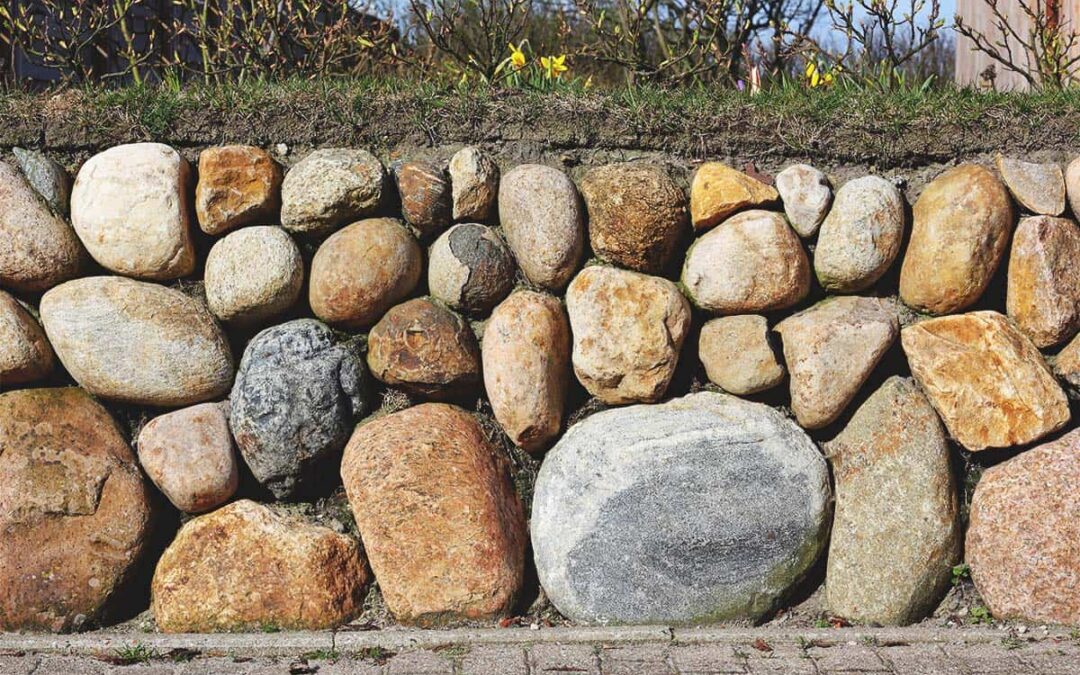In the realm of geology, the terms “stone” and “rock” are often used interchangeably, leading to confusion among many. However, a closer examination reveals subtle yet crucial distinctions between the two. Both are fundamental components of the Earth’s crust, but their characteristics, origins, and applications set them apart. In this article, we will explore the nuanced differences between stones and rocks, shedding light on their geological significance and practical implications.
Composition and Formation:
Rocks, in the geological sense, refer to aggregates of minerals and mineraloids. They are comprised of various substances, such as minerals, mineraloids, and organic materials, that have fused together through geological processes like cooling and solidification of molten magma, compression and cementation of sediment, or metamorphic transformation. Rocks exhibit a wide range of textures, colors, and hardness levels, reflecting the diverse conditions under which they form.
On the other hand, stones are naturally occurring solid masses or aggregates of minerals with a specific composition and structure. Unlike rocks, stones are often classified based on their usability and aesthetic appeal. While rocks undergo geological processes over vast periods, stones are often the result of weathering and erosion that shape and break down rocks into smaller, more manageable pieces.
Physical Characteristics:
The physical characteristics of rocks and stones also contribute to their differentiation. Rocks can vary widely in size, from tiny particles in sedimentary rocks to massive formations like granite cliffs. They can have rough or smooth textures, and their coloration is determined by the minerals present within them. Stones, however, are typically smaller in size and often possess a more polished and refined appearance. Stones used in construction or decorative purposes are often cut and shaped to enhance their visual appeal.
Usability and Applications:
One of the key distinctions lies in their usability and applications. Rocks, due to their size and diverse compositions, find applications in construction, landscaping, and even artistic endeavors. Granite and basalt, for example, are popular choices for countertops and monuments due to their durability and aesthetic appeal. Limestone and sandstone are frequently used in construction for their workability and versatility.
Stones, on the other hand, are often selected based on their specific properties and aesthetic qualities. Precious stones, like diamonds, emeralds, and rubies, are highly valued for their rarity and beauty and are primarily used in jewelry. Additionally, certain stones, such as marble and slate, are favored for their elegance and are commonly employed in architectural projects and interior design. stone” and “rock
Geological Processes:
The processes involved in the formation of rocks and stones further highlight their differences. Rocks undergo geological processes such as igneous, sedimentary, and metamorphic processes, which shape them into distinct types with various characteristics. Stones, however, are more directly shaped by external forces like weathering and erosion. Over time, larger rocks break down into smaller stones through the constant influence of natural elements, like wind, water, and temperature fluctuations.
Conclusion:
In summary, while the terms “stone and rock” are often used interchangeably in everyday language, their geological distinctions are significant. Rocks are larger aggregates of minerals formed through various geological processes, while stones are smaller, naturally occurring solid masses shaped by weathering and erosion. Understanding these differences is crucial for geologists, architects, artists, and anyone with an interest in the Earth’s composition. Whether hewn from the earth or sculpted by natural forces, both stones and rocks contribute to the rich tapestry of our planet’s geological history.

